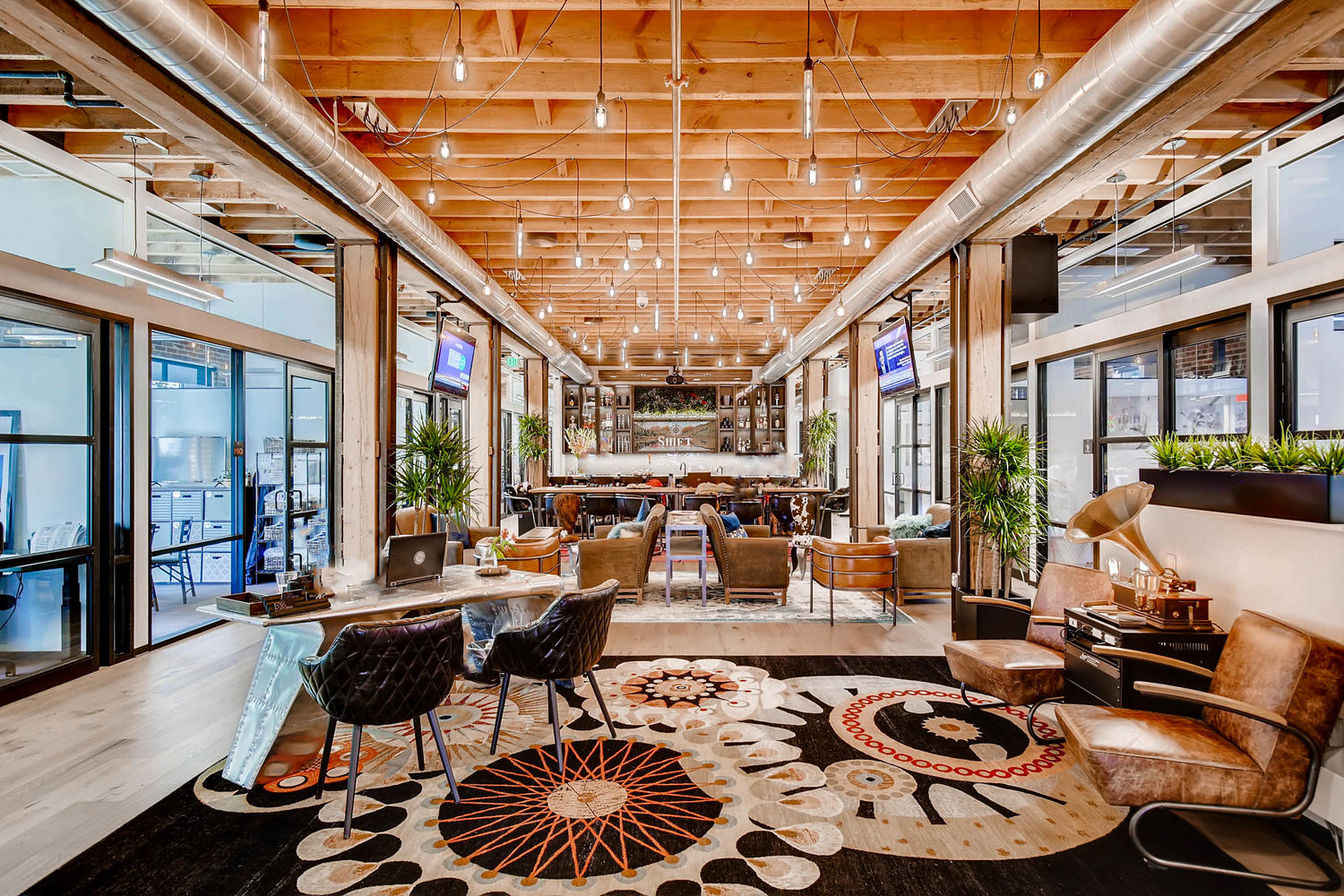 January is the time for resolutions, for planning, and for many of us in commercial real estate management, CAM Reconciliations.
January is the time for resolutions, for planning, and for many of us in commercial real estate management, CAM Reconciliations.
CAM (Common Area Maintenance or Operating Expense) Reconciliation is a simple principle; add up all of the operating expenses the building has incurred throughout the year, and reconcile, or compare, against the estimated CAM charges that you billed the tenants throughout the year. In practice, however, it often becomes a very complicated and time-consuming process.
Inaccuracy Can Cost You
We’ve taken over management of countless buildings that have suffered from poorly executed reconciliations and estimates. The folly in inaccurate reconciliations is that: (a) substantial amounts of money may be left on the table (usually on the owner’s side); and (b) if a tenant does question or audit the reconciliation, a lack of organization and proof can result in a very time-consuming review and explanation process, and one that can create tension and a lack of trust between the tenant and landlord.
At Wheelhouse Commercial, we view the accuracy of our reconciliations as one of the most important functions of our job.
Determined to streamline the process, I’ve watched countless “how to” presentations from IREM, BOMA, and several property management software companies over the years. I’ve reviewed other reports, looking for ways to save time – and headaches.
While there are no silver bullets to simplifying the CAM Reconciliation process, one piece of advice has always stuck with me: Prepare your spreadsheets early before you start entering the annual data.
Here’s why it matters: The largest hurdles are often the little things. That’s because the many small tasks add up and eat up a lot of time when reconciling a property. Take the following scenario:
You start the day with the best intentions, convinced that this is the day you’ll knock out the reconciliation for Otto’s Office Building. But three hours later you’ve gone down so many rabbit holes you don’t know which one to take back up to the surface: Lucky Lawyers moved offices, Archie’s Accounting expanded their space, Carol’s Chiropractic renewed and reset their base year. And you’re still waiting for the last bills to trickle in so you can scrub your general ledgers and get all of the odds and ends out of the way.
Sound familiar?
Preventative Preparation
If you prep your software or spreadsheet properly before you begin, you’ll save yourself time and headaches. Just drop in last year’s expenses and next year’s budget and – voila! – out comes the final product.
Here are some of the items you should address before you really get started:
- General Ledger (GL) Review
This is probably the most time-consuming task. Review the GL line by line to insure every invoice is coded to the proper account, or even to the proper building. Without this step done correctly, the CAM Reconciliation will not be correct. - Move-Ins and Move-Outs
Make the proper adjustments for tenants that haven’t occupied for an entire year. For example, some new tenants, per their leases, may be required to start paying CAMS before they start paying rent. Make sure your start date reflects this discrepancy. - Expansions, Contractions and Moves
If a tenant has changed the size of their space or relocated to a new space in the same building, you may actually have to do two reconciliations. If this is the case, remember to set up both ahead of time. - Pro-Rata Shares
Double-check all pro-rata shares, as they may have changed during the course of the year (see above), or the pro-rata share that is in the lease may be different than what is calculated by your spreadsheet or software (we always defer to the lease). - Gross-Ups
Often leases allow for the expenses and estimates to be calculated as if the building were stabilized, or 85%-95% occupied. These calculations can be tricky and require some thought. You can determine your annual occupancy on December 31 and have your gross-up multipliers ready to plug-in. - Amortizations
Do a quick pass of your GL with only possible amortization items in mind; this can bring to light any forgotten capital improvements that can be passed back to the tenants. Then get your amortization schedules done. - Expense Caps
Many buildings have multiple tenants with different CAP structures (the limit you can charge for expense increases from one year to the next, usually a % of the previous year) and you can’t remember them all, so get your head wrapped around them early and make notes. - Exclusions
Some leases will not allow the pass-through of certain items, like management fees for example. Again, making yourself a reminder to omit these from the reconciliation and estimate will save you time later. - Any Necessary Third-Party Information
You may be waiting on a final bill on a long project or need to request a special report from a utility company or insurance provider. Don’t let them hold you up later, request them right away. - Tenants with Special Requirements
A lot of large, national tenants (i.e. chains) have very specific reconciliation requirements. Re-familiarize yourself with these details, and, I suggest doing these reconciliations first; get the difficult ones out of the way! - Run All Reports at Once
Running all of your reports at the same time is so much more efficient. To do this, create a checklist of reports you need for each property and create the folders in which to place them in advance. That way you won’t have to keep stopping and toggling between software to run a report that you need.
Finding the time to sit down and focus on CAM Reconciliation is difficult enough. Add in the endless distractions of one-off items and your efficiency is dramatically reduced.
That’s why taking care of these anomalous issues is so crucial I call it “Preventative Preparation.” It streamlines the entire workflow and lets you get back to the work that matters – managing your properties.
Happy CAM Reconciliations!
 Brian Lantzy is the Vice President of Operations at Wheelhouse Commercial in Denver, Colorado. For more information about how Wheelhouse Commercial can help manage your properties, please call 303.518.7406 or email info@wheelhousecommercial.com.
Brian Lantzy is the Vice President of Operations at Wheelhouse Commercial in Denver, Colorado. For more information about how Wheelhouse Commercial can help manage your properties, please call 303.518.7406 or email info@wheelhousecommercial.com.

